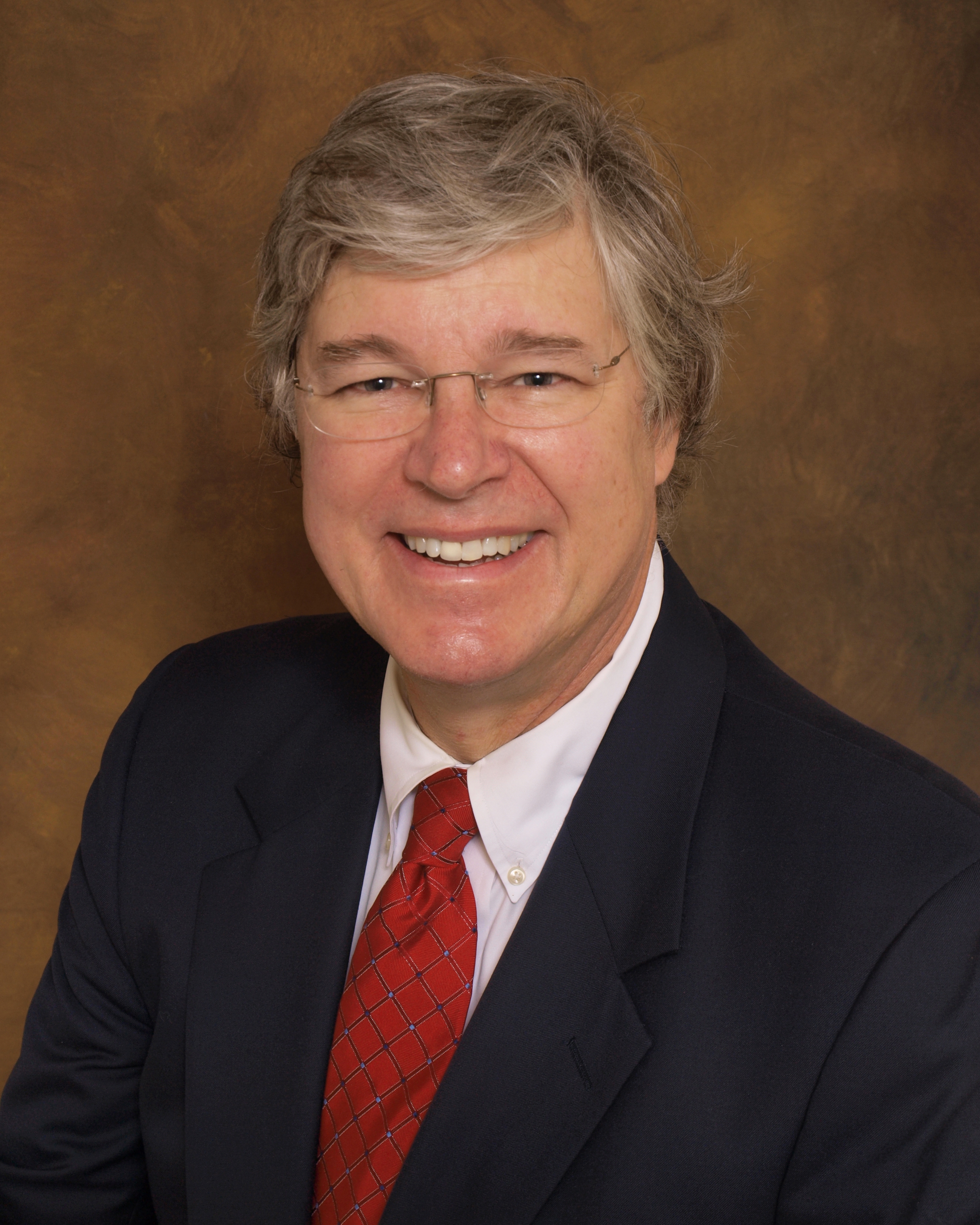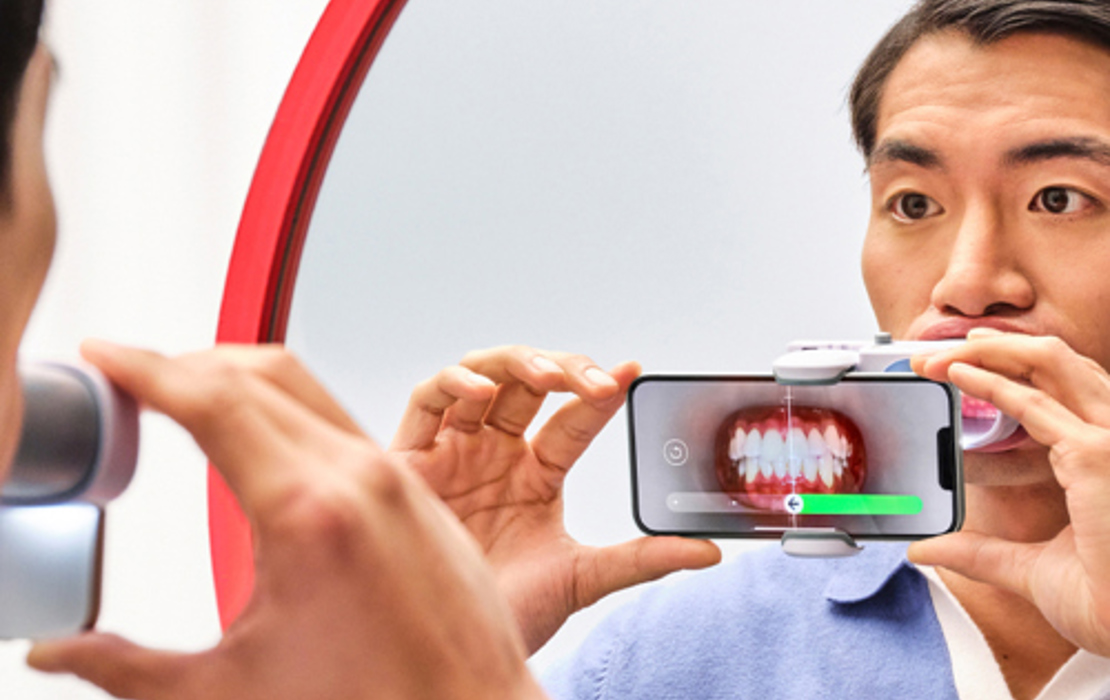My View: The 'Expert Dream Team'


Every dentist wants to have or work with an “Expert Dream Team.” It just doesn’t happen overnight or without great leadership. You must train and sustain the right individuals to work together and enjoy it.
For retention and seeking auxiliary personnel, not enough emphasis can be given to creating an office culture that retains and attracts those who believe in and support that office culture as the best place to work or seek dental care. A simple, “good morning” and “thank you” on a daily basis can make an employee feel appreciated. (1,2)
There is a definite need to connect with the staff and create a team that is there for the enjoyment of the tasks to be had rather than just a paycheck. I have found in over 40 years of practice (and still going) and over 30 years of consulting that the most successful practices have staff that has been developed into the ”Dream Team.” But first you have to get everyone in the right seat, seated in the right direction and paddling in the same direction in the dental canoe. (3) Then you must take steps to bring the group together, retain the chosen individuals and make a team and transform them into a “Dream Team.” It takes more than a paycheck to retain good employees.
The staff must be in tune with each other and feel the appreciation by the owner to feel “in” on stuff. I have found that the top three things that employees look at are:
1. Interesting work.
2. Appreciation of their work.
3. Feeling “in on things.” (4,5)
You do have to pay a comparable wage for your area, but you do not have to pay the highest wage. Most times, it is more important to the employee to be part of something that has a very positive culture. The culture and attitude that you, the owner, set as a part of your mission and vision statement carries a lot of weight for turning the group into a team and easily retaining employees and attracting new employees wanting to be part of the team. There is nothing wrong with hiring someone who has no experience in the dental field and needs to be trained for a position that does not require a license. In the hiring of that trainee, you must evaluate his or her yearning to learn: their attitude. You can always teach, guide or mentor job tasks, but attitude comes with the individual.
There are many easy and inexpensive ways to show your appreciation of their being on your “Dream Team”:
Say “good morning” and “thank you” and mean it.
Remember their special days (birthdays, anniversaries).
Arrange a social outing (bowling, miniature golf, happy hour).
Send flowers to the office (bagels, doughnuts, fruit basket).
Hand out car wash or restaurant certificates, lottery tickets or lunch. (6)
Not enough emphasis can be placed on team development and office culture assimilation by the entire team. Employee management and employee leadership are two very different things the dentist leader must be knowledgeable of and able to implement skillfully. Great leadership turns a group/staff into a team. You will, with great leadership, achieve the “Dream Team” that will bring a set of interdependent team members, each of whom possesses unique and expert-level knowledge, skills and experience related to task performance. They’ll also adapt, coordinate and cooperate as a team, thereby producing sustainable and repeatable team function at superior, or at least near-optimum, levels of performance. (7,8) With proper cross-training the “Dream Team” becomes an “Expert Dream Team.” An ”Expert Dream Team” exists when team members anticipate each other’s needs and coordinate their action without necessarily or always engaging in overt communication because they share an experience of tacit communication arising from shared knowledge of tasks and team processes. (9,10)
Dr. Graskemper is an associate clinical professor at Stony Brook School of Dental Medicine.
REFERENCES
1. Blanchard K. Johnson S. The One Minute Manager. Berkley Books; 1982.
2. Graskemper J. Leadership and Communication in Dentistry, p90. Wiley Blackwell; 2019.
3. Graskemper J. Professional Responsibility in Dentistry, 2nd ed., p167. Wiley Blackwell; 2023.
4. Bailey J. Lions and tigers and bears…Oh my! Dent Econ. Published October 1, 1997. Accessed Decem-ber 12, 2023. https://www.dentaleconomics.com/practice/human-resources/article/16391963/
lions-and-tigers-and-bears-oh-my
5. Graskemper J. Professional Responsibility in Dentistry, 2nd ed., p167. Wiley Blackwell; 2023.
6. Graskemper J. Professional Responsibility in Dentistry, 2nd ed., p170. Wiley Blackwell; 2023.
7. Ericsson K.A. Charness N. Feltovich P. et al. The Cambridge Handbook of Expertise and Expert Performance, p440. CambridgeUniversity Press; 2006.
8. Graskemper J. Leadership and Communication in Dentistry, p96. Wiley Blackwell; 2019.
9. Ericsson K.A. Charness N. Feltovich P. et al. The Cambridge Handbook of Expertise and Expert Performance, p446. CambridgeUniversity Press; 2006.
10. Graskemper J. Leadership and Communication in Dentistry, p96. Wiley Blackwell; 2019.



